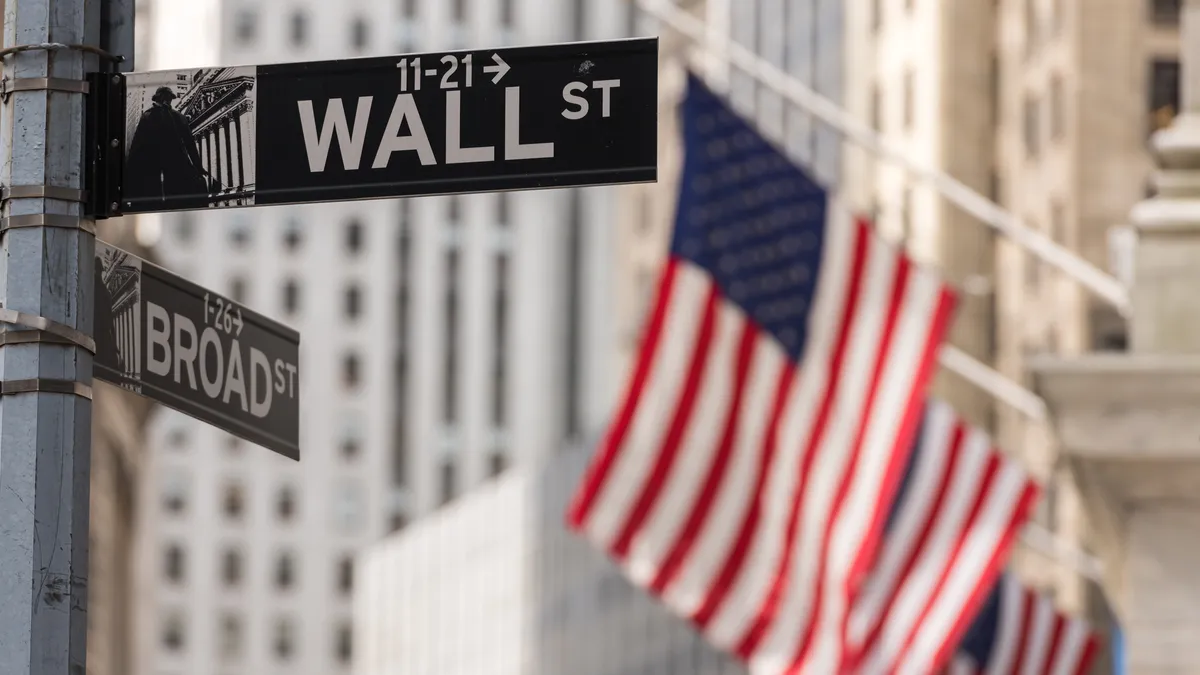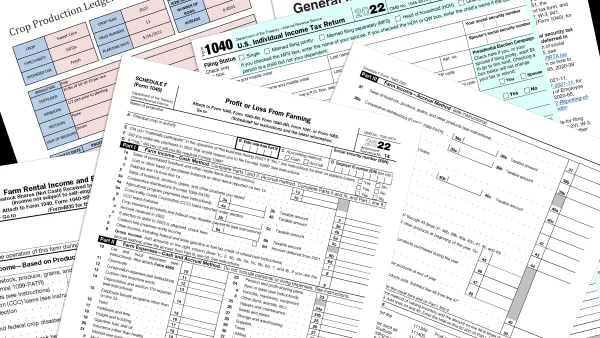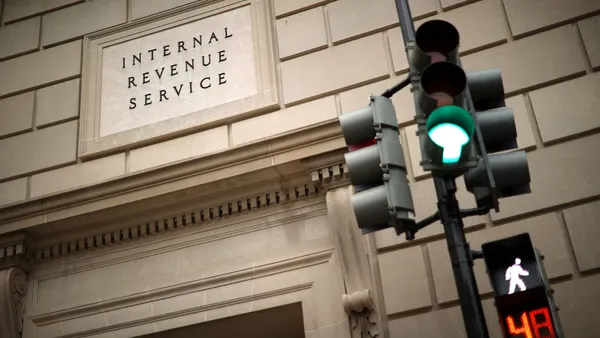Dive Brief:
- Companies such as Amazon that reported negative earnings surprises for the second quarter have, on average, gone unpunished by investors, FactSet said, noting that as of Friday 87% of Standard & Poor’s 500 companies had reported earnings for the period.
- The average price of companies that reported disappointing earnings did not change from the two days before their earnings releases through the two days after the earnings releases, FactSet said. During the past five years, the share prices of underperforming companies declined 2.4% on average over the course of the same five-day period.
- “Perhaps the market is responding more to the earnings outlook for the current quarter rather than the earnings performance of the prior quarter,” FactSet said, noting that company guidance is less gloomy than prior periods. Fifty-eight percent of the S&P 500 companies that have provided earnings-per-share guidance for the third quarter have issued negative guidance compared with an average of 60% during the past five years and 67% during the past 10 years.
Dive Insight:
CFOs providing guidance for company earnings during the current quarter confront conflicting signals from the economy.
Gross domestic product has shrunk for two straight quarters — meeting a common definition of recession — amid signs of weakening manufacturing, cooling demand for housing and flagging spending by consumers and businesses.
Meanwhile, inflation has surged to a 40-year high, prompting the Federal Reserve to raise borrowing costs four times this year in the most aggressive monetary tightening since the 1980s.
Fed Chair Jerome Powell and other policy-makers have signaled they plan to achieve a sustained decline of inflation to their 2% target even at the risk of undercutting economic growth.
At the same time, U.S. employers more than doubled economists’ forecasts for jobs growth by expanding payrolls by 528,000 in July, the Labor Department reported Friday. The jobless rate fell to the pre-pandemic level of 3.5%.
Amazon cut its payroll by 6% during the second quarter and may not contribute much to the country’s broad trend in hiring during the coming weeks.
“Right now, we see a stabilization in the workforce,” CFO Brian Olsavsky said on a July 28 earnings call. Amazon has “moved quickly to adjust our staffing levels and improve the efficiency of our significantly expanded operations network.”
Amazon — facing high inflation and slowing retail demand after the pandemic-induced boom in ecommerce — reported a net loss of $2 billion from March through May compared with a $7.8 billion profit during the same period last year. It was the second consecutive negative quarter.
The company’s $0.20 EPS loss was well below the mean EPS estimate of a $0.12 EPS gain, FactSet said. Nevertheless, Amazon’s stock price rose 17.9% from July 26 to Aug. 1.
Amazon is buffering against rising prices by streamlining operations, CEO Andy Jassy said in a statement announcing second quarter results. “Despite continued inflationary pressures in fuel, energy and transportation costs, we’re making progress on the more controllable costs we referenced in the last quarter, particularly improving the productivity of our fulfillment network.”
Amazon plans to shift spending from retailing to its thriving cloud computing business. Revenue from cloud computing rose 33% during the second quarter compared with the same period in 2021.
The company estimated its operating income during the current quarter will range between zero and $3.5 billion compared with $3.3 billion during the second quarter and $4.9 billion during the third quarter of last year.













